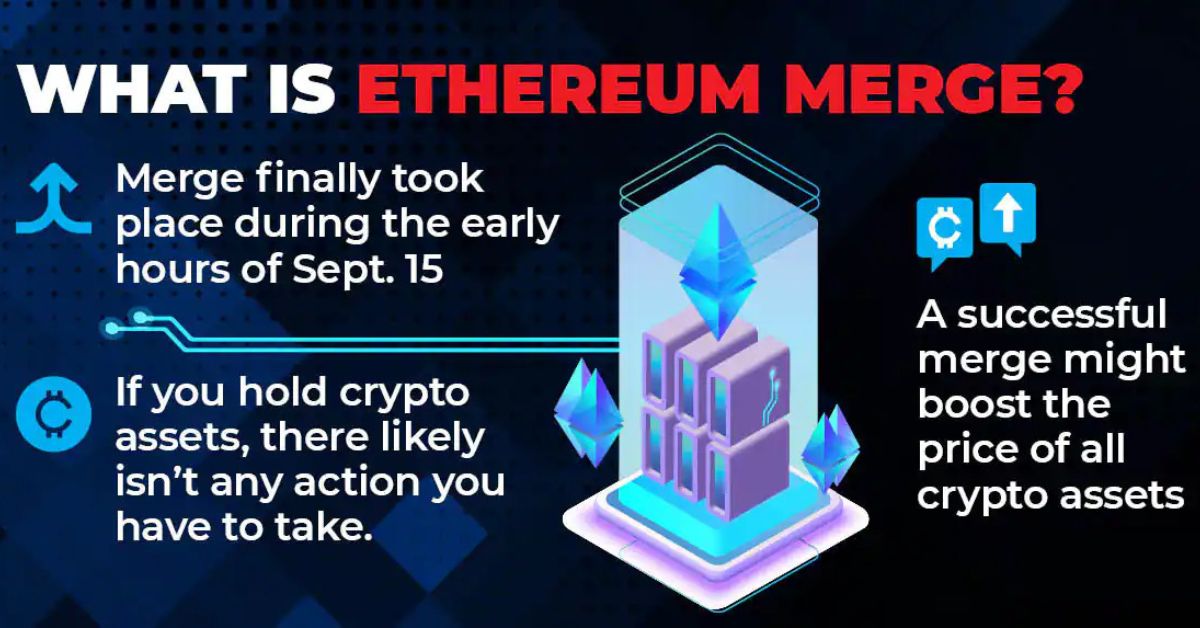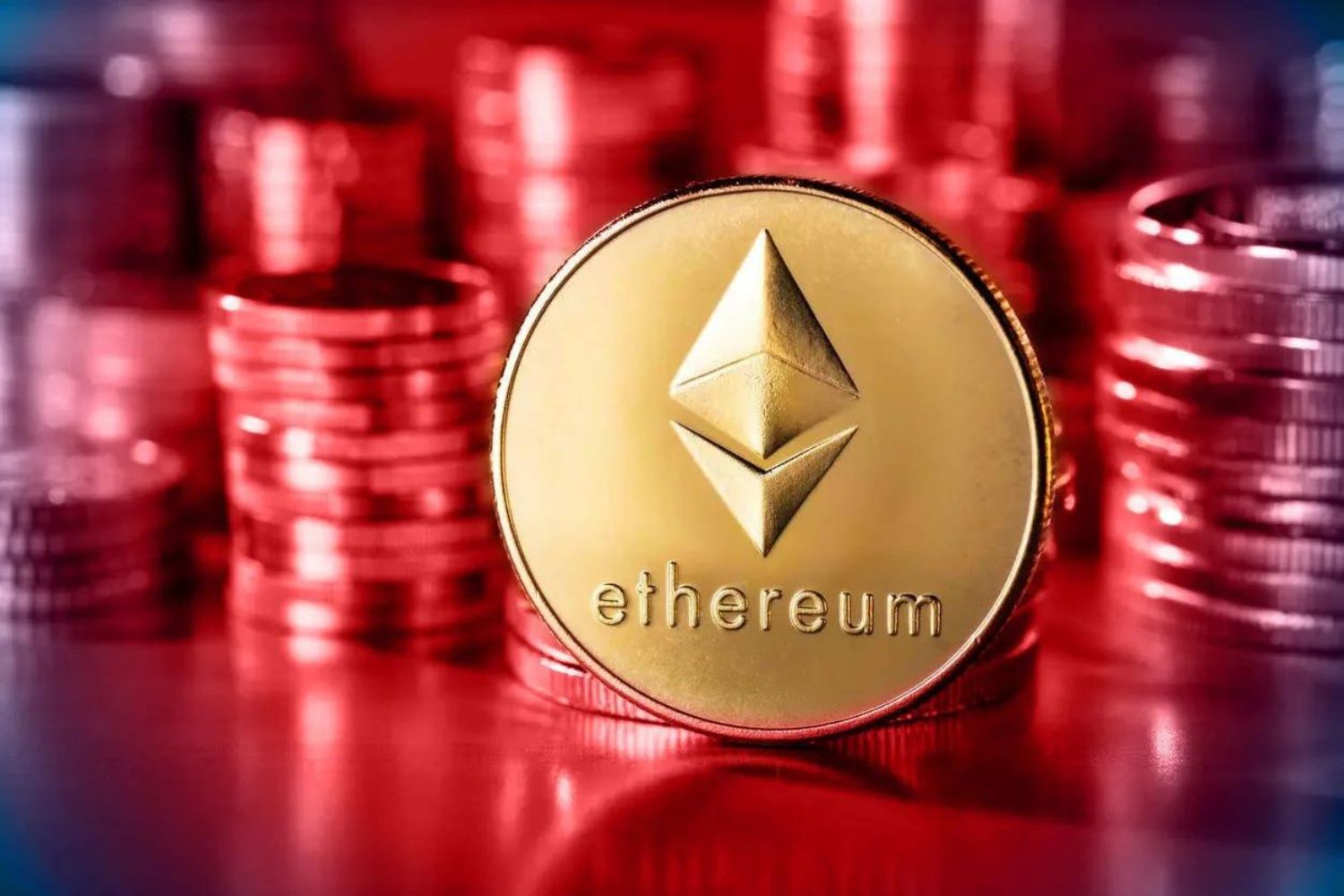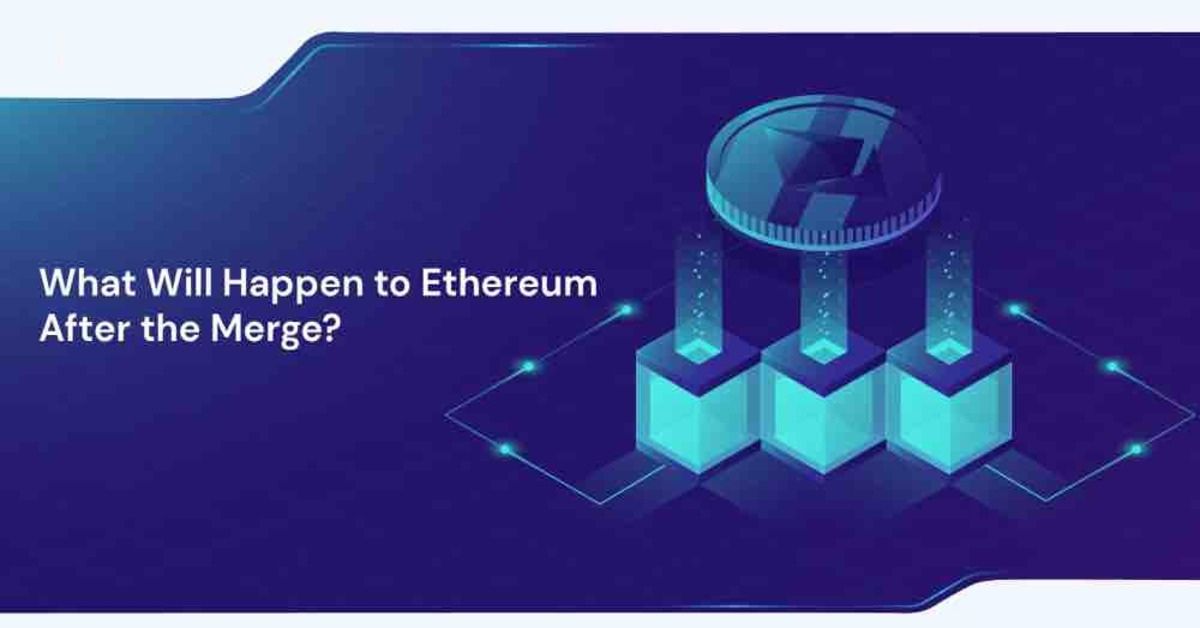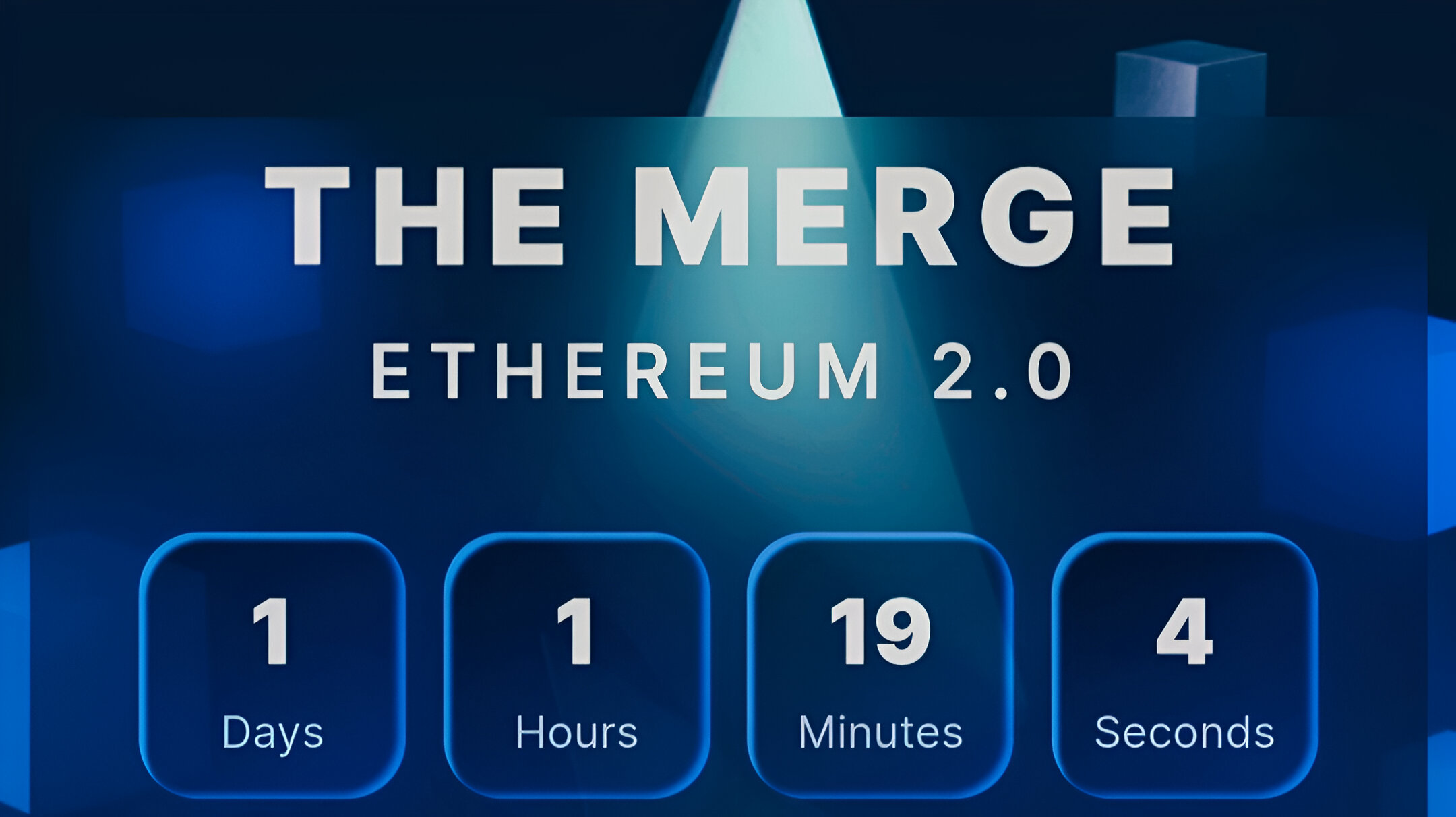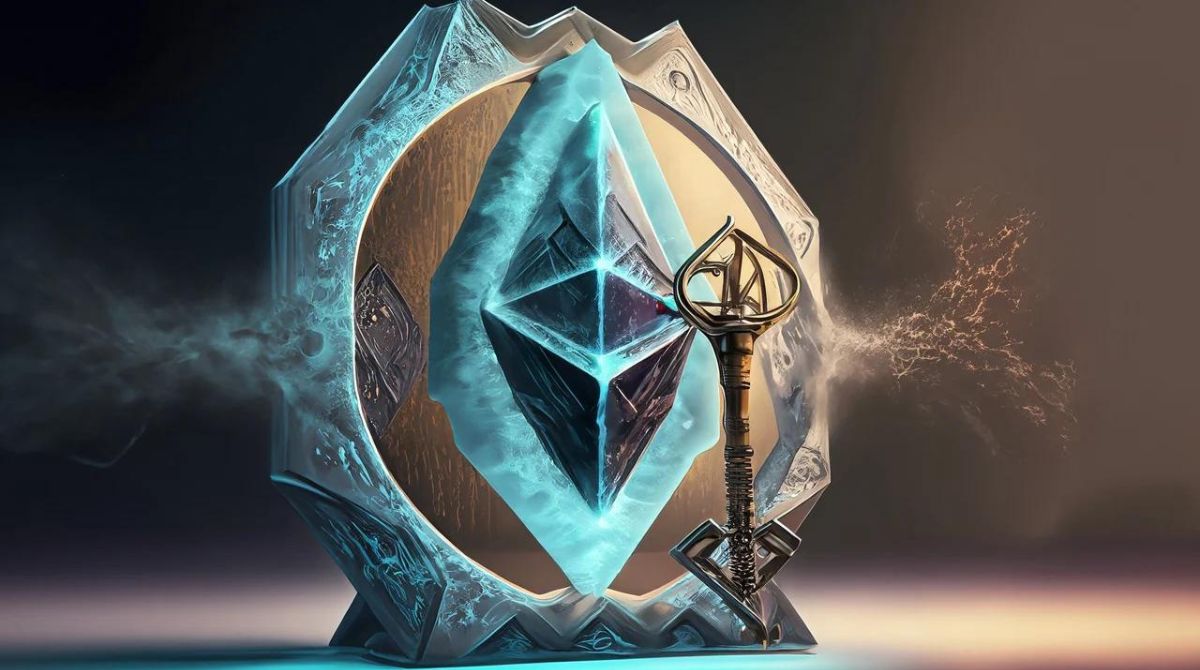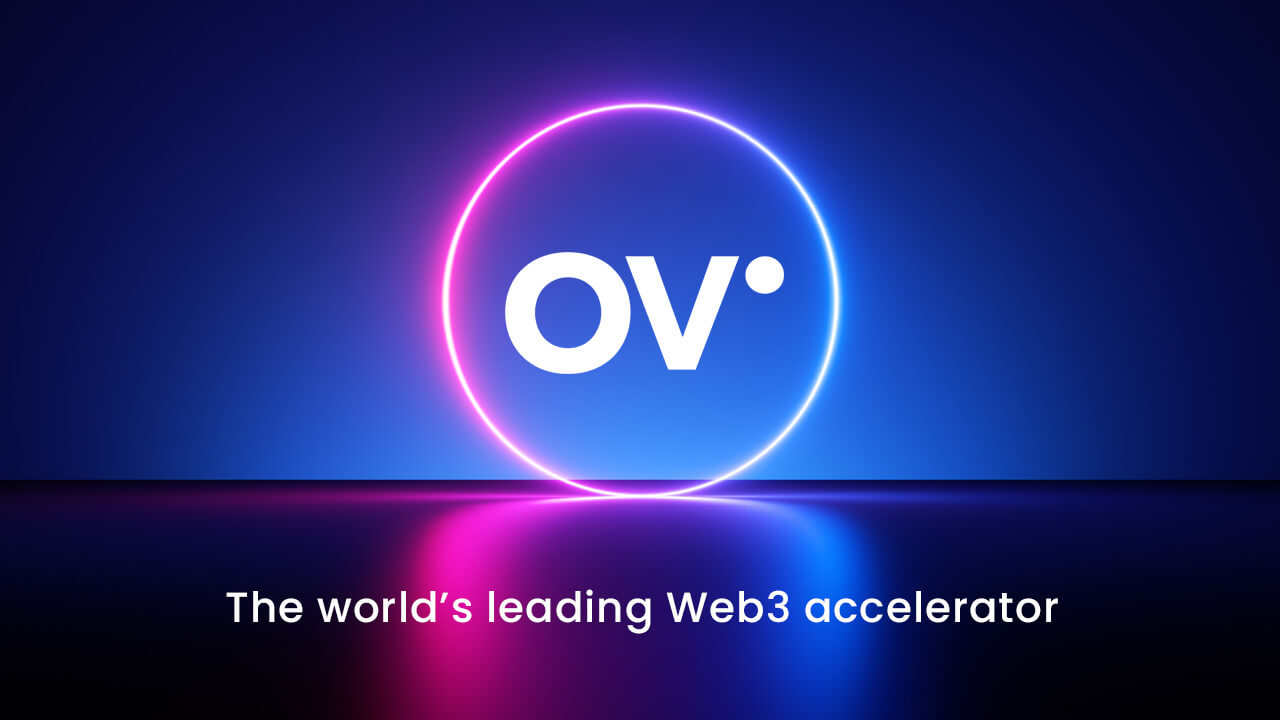Introduction
Welcome to the world of cryptocurrency, where innovative technologies continue to reshape the way we conduct financial transactions. One such groundbreaking technology is Ethereum, a decentralized platform that has revolutionized the concept of smart contracts and decentralized applications (DApps). Ethereum has gained immense popularity and widespread adoption since its launch in 2015, allowing users to create and execute smart contracts with ease.
However, with the ever-increasing demand for blockchain-based applications and the surge in transaction volumes, Ethereum has been facing scalability and performance issues. To address these challenges, Ethereum developers have been working tirelessly on a major upgrade called the Ethereum merge, which aims to shift the network from a proof-of-work consensus mechanism to a more efficient proof-of-stake mechanism.
The Ethereum merge is an eagerly awaited milestone that promises significant improvements in transaction speed, scalability, and energy consumption. It represents a crucial step forward in the evolution of Ethereum, ensuring its sustainability and continued growth in the future.
In this article, we will delve into the details of the Ethereum merge, exploring its benefits, technical intricacies, and challenges that lie ahead. Join us as we embark on an exciting journey into the future of Ethereum and the potential it holds for a more robust and efficient blockchain ecosystem.
What is Ethereum Merge?
The Ethereum merge, also known as Ethereum 2.0 or Serenity, is a major upgrade to the current Ethereum blockchain that aims to improve its performance, scalability, and sustainability. It involves transitioning the network from its existing proof-of-work (PoW) consensus mechanism to a more energy-efficient proof-of-stake (PoS) mechanism. This transition is a crucial step in addressing the challenges posed by the growing demand for Ethereum and ensuring its long-term viability.
Proof-of-work, the current consensus mechanism used by Ethereum, requires miners to compete in solving complex mathematical puzzles to validate transactions and create new blocks. While it has been successful in securing the network, it has scalability limitations and consumes massive amounts of energy. The proof-of-stake mechanism, on the other hand, selects validators based on the amount of cryptocurrency they hold and their willingness to lock it up as a stake. Validators are then chosen to propose and validate new blocks based on their stake, significantly reducing energy consumption and increasing transaction throughput.
The Ethereum merge involves merging the Ethereum 1.0 chain, which runs on the proof-of-work mechanism, with the Ethereum 2.0 beacon chain, which operates on the proof-of-stake mechanism. This integration will allow Ethereum to benefit from the improved scalability and energy efficiency of the proof-of-stake consensus, while still maintaining compatibility with existing Ethereum applications and infrastructure. It will also pave the way for the implementation of additional upgrades, such as shard chains, which will further enhance Ethereum’s scalability.
By transitioning to a proof-of-stake mechanism, the Ethereum merge aims to achieve several key objectives. Firstly, it will significantly reduce the energy consumption associated with transaction validation, making Ethereum more environmentally friendly and sustainable. Secondly, it will enhance the transaction throughput of the network, enabling a larger number of transactions to be processed per second, thus improving scalability. Lastly, it will allow Ethereum to handle an ever-increasing user base and the growing demand for decentralized applications without sacrificing security or decentralization.
The Ethereum merge is a critical step towards shaping the future of Ethereum and positioning it as a leading blockchain platform. With its improved performance and scalability, Ethereum aims to provide a robust infrastructure for the development of decentralized applications, fostering innovation, and empowering individuals around the world.
Benefits of Ethereum Merge
The Ethereum merge, with its transition to a more efficient proof-of-stake mechanism, brings numerous benefits to the Ethereum network and its users. Let’s explore some of the key advantages:
- Energy Efficiency: One of the most significant benefits of the Ethereum merge is the drastic reduction in energy consumption. Unlike the energy-intensive proof-of-work mechanism, proof-of-stake requires validators to hold and lock up cryptocurrency as a stake, eliminating the need for power-hungry mining operations. This shift will make Ethereum far more environmentally sustainable and cost-effective, aligning with the global shift towards green technologies.
- Scalability: Another crucial advantage of the Ethereum merge is improved scalability. The proof-of-stake mechanism allows for faster block confirmations and transaction finality, increasing the throughput of the network. This enhanced scalability is vital as Ethereum continues to experience growing demand and adoption, ensuring that it can handle a greater volume of transactions without sacrificing speed or efficiency.
- Security: The Ethereum merge enhances the network’s security by utilizing economic incentives and penalties to discourage malicious behavior. Validators are required to have a stake in the system, providing them with a financial interest in maintaining the integrity of the network. This stake-based consensus mechanism helps secure the blockchain from attacks, making Ethereum more resilient and robust.
- Decentralization: Decentralization is a fundamental principle of blockchain technology, and the Ethereum merge further strengthens this aspect. With the proof-of-stake mechanism, Ethereum decentralizes the power to validate transactions and create blocks, as the validator set is determined by the amount of cryptocurrency held and staked. This ensures that no single entity or group can monopolize control over the network, fostering a more inclusive and democratic ecosystem.
- Ecosystem Development: The Ethereum merge opens up exciting possibilities for further ecosystem development. By improving the efficiency and scalability of the network, it encourages the creation of more complex and resource-intensive decentralized applications. Developers will be able to build sophisticated smart contracts and DApps without worrying about scalability limitations, unlocking innovation and driving the growth of the Ethereum ecosystem.
These are just some of the key benefits that the Ethereum merge brings to the table. By combining energy efficiency, scalability, security, decentralization, and ecosystem development, Ethereum positions itself as a leading blockchain platform capable of driving the future of decentralized finance, digital identity, supply chain management, and much more. The Ethereum merge represents a significant turning point for the network, enhancing its capabilities and setting the stage for a new era of blockchain technology.
Technical Details of Ethereum Merge
The Ethereum merge involves a complex technical transition from the proof-of-work (PoW) mechanism to the proof-of-stake (PoS) mechanism. Let’s dive into the key technical details of this process:
- Integration of Beacon Chain: The first step in the Ethereum merge is the integration of the existing Ethereum 1.0 chain, which operates on PoW, with the Ethereum 2.0 beacon chain, which operates on PoS. The beacon chain is responsible for managing validator staking, block proposals, and crosslinks, while the Ethereum 1.0 chain handles transaction execution. This integration ensures compatibility and a seamless transition between the two chains.
- Validator Selection and Staking: Validators play a crucial role in the proof-of-stake mechanism. They are chosen to propose and validate blocks based on the amount of cryptocurrency they hold and stake. Validators need to lock up a certain amount of cryptocurrency as collateral to participate in the consensus process. In return, they have the opportunity to earn additional cryptocurrency rewards for their validation efforts. Validators are selected based on a randomization algorithm that takes into consideration their stake and performance.
- Consensus Mechanism: The consensus mechanism in the Ethereum merge is based on Casper FFG (Friendly Finality Gadget), a hybrid proof-of-stake and proof-of-work protocol. This protocol ensures finality of blocks and prevents reorganization of the blockchain. Validators propose and attest to the validity of blocks, and finality is achieved through a multi-step voting and slashing process. Casper FFG combines the benefits of PoS, such as energy efficiency and security, with the proven security of PoW.
- Finalization and Chain Synchronization: Finalization is a critical aspect of the Ethereum merge. It provides irreversible confirmation of blocks and prevents forks. Once a block is finalized, it cannot be modified or tampered with. The finalized blocks are then synchronized across the Ethereum network to ensure all nodes have the same view of the blockchain. This synchronization process helps maintain the integrity and consistency of the Ethereum merge.
- Compatibility and Migration: The Ethereum merge aims to maintain compatibility with existing Ethereum applications and infrastructure. Smart contracts and DApps deployed on the Ethereum 1.0 chain will continue to operate seamlessly on the merged Ethereum network. The migration process involves transferring the existing state and transaction history from the Ethereum 1.0 chain to the merged network, ensuring a smooth transition for users and developers.
These technical details highlight the intricacies involved in the Ethereum merge. The integration of the Ethereum 1.0 chain with the Ethereum 2.0 beacon chain, the selection and staking of validators, the Casper FFG consensus mechanism, finalization, and chain synchronization are all critical components of this upgrade. By successfully implementing these technical changes, Ethereum aims to create a more efficient, scalable, and secure blockchain ecosystem.
Current Challenges in Implementing Ethereum Merge
While the Ethereum merge holds tremendous potential for improving the scalability, energy efficiency, and security of the Ethereum network, there are several challenges that need to be addressed during its implementation. Let’s explore some of the current challenges:
- Coordination and Governance: Coordinating the upgrade process among various stakeholders, including developers, validators, and node operators, is a complex task. Ensuring smooth communication, decision-making, and consensus on critical aspects of the Ethereum merge, such as the timeline and specific technical details, requires strong governance and collaboration within the Ethereum community.
- State and Transaction History Transfer: Migrating the existing state and transaction history from the Ethereum 1.0 chain to the merged Ethereum network is a significant technical challenge. Ensuring a seamless transfer without any loss of data or disruption to existing applications is crucial for maintaining user confidence and minimizing potential disruptions during the merge process.
- Validator Participation: A successful Ethereum merge relies on a robust and diverse set of validators who actively participate in the consensus process. Encouraging widespread validator participation is essential to ensure network decentralization and security. Educating potential validators and incentivizing their active involvement can be a challenge that needs to be addressed during the merge implementation.
- Security and Audit: The Ethereum merge introduces new security considerations, particularly in the areas of slashing conditions for validators and preventing potential attacks, such as block reorganizations. Conducting thorough security audits, identifying vulnerabilities, and implementing effective countermeasures is vital to ensure the integrity and security of the merged Ethereum network.
- Economic Considerations: The economic implications of the Ethereum merge need careful consideration. Transitioning from the energy-intensive proof-of-work mechanism to the energy-efficient proof-of-stake mechanism will impact miners and mining infrastructure. Ensuring a smooth transition while addressing potential economic concerns and finding alternative opportunities for those affected is a challenge that needs to be managed during the merge implementation.
Overcoming these challenges requires the collaborative efforts and expertise of the Ethereum development community, validators, node operators, and the wider Ethereum ecosystem. By addressing these challenges head-on and implementing effective solutions, the Ethereum merge can become a milestone achievement, transforming Ethereum into a more scalable, secure, and sustainable blockchain platform.
Timeline for Ethereum Merge
The Ethereum merge represents a significant milestone in the evolution of Ethereum, but its implementation requires careful planning and execution. While exact timelines are subject to change based on development and testing progress, here is a general outline of the anticipated timeline for the Ethereum merge:
- Research and Specification: The initial research and specification phase for the Ethereum merge began several years ago. Ethereum’s core developers and the research community have been working on designing and refining the technical details, consensus mechanisms, and economic considerations for the merge. This phase involved extensive simulation, modeling, and testing to ensure the feasibility and effectiveness of the proposed changes.
- Testnet Deployment and Experimentation: Testnet deployments play a crucial role in assessing the functionality and performance of the Ethereum merge in a controlled environment. Testnets, such as the Ethereum 2.0 testnet (Pyrmont), have been deployed to allow developers, validators, and community members to experiment with the new consensus mechanism, validate the migration process, and identify potential issues or areas for improvement.
- Public Coordination and Community Involvement: As the Ethereum merge progresses, public coordination and community involvement become essential. Ethereum’s core development team actively engages with the community through public calls, forums, and social media platforms to gather feedback, address concerns, and ensure transparency throughout the merge process.
- Mainnet Deployment Phase: The mainnet deployment phase is the critical stage when the Ethereum merge transitions from a test environment to the live Ethereum network. This phase involves migrating the existing Ethereum 1.0 chain to the new merged Ethereum network powered by the proof-of-stake consensus. The exact timeline for this phase depends on the development progress, security audits, and community engagement.
- Monitoring and Feedback: Once the Ethereum merge is fully deployed to the mainnet, continuous monitoring and feedback gathering become vital. Ethereum’s development team, validators, and node operators closely monitor the performance, stability, and security of the network. Any identified issues or improvements are addressed through regular upgrades and patches to enhance the overall functionality of the merged Ethereum network.
It’s important to note that the timeline for the Ethereum merge is subject to change based on various factors, such as community feedback, technical complexities, security audits, and the need for extensive testing. The Ethereum community remains dedicated to ensuring a smooth and successful transition, prioritizing the security and stability of the network.
While we eagerly await the official timeline for the Ethereum merge, it is crucial to recognize the iterative nature of the development process and the community’s commitment to delivering a robust and efficient blockchain platform. The Ethereum merge marks a significant step forward for Ethereum, paving the way for a more scalable, sustainable, and innovative decentralized future.
Conclusion
The Ethereum merge represents a monumental milestone in the evolution of Ethereum, as it transitions from the energy-intensive proof-of-work mechanism to the more efficient proof-of-stake mechanism. This upgrade holds immense promise for improving the scalability, energy efficiency, and security of the Ethereum network.
With the Ethereum merge, Ethereum aims to address the challenges of scalability and energy consumption, paving the way for widespread adoption and the development of advanced decentralized applications. By integrating the existing Ethereum 1.0 chain with the Ethereum 2.0 beacon chain, Ethereum ensures compatibility while benefiting from the enhanced scalability and security of the proof-of-stake mechanism.
The benefits of the Ethereum merge are numerous. It brings energy efficiency, reducing the environmental impact of blockchain technology, while simultaneously improving transaction throughput and secure transaction validation. The decentralization of power among validators promotes a more democratic ecosystem, while the improved scalability allows for the development of complex decentralized applications.
However, the Ethereum merge is not without its challenges. Coordinating the upgrade process, migrating state and transaction history, ensuring widespread validator participation, addressing security concerns, and managing economic implications are all crucial aspects that need to be carefully addressed during implementation.
As an ever-evolving technology, Ethereum continues to push the boundaries of what is possible in the blockchain space. The Ethereum merge signifies a significant step forward towards a more mature and sustainable decentralized future. Through ongoing research, community involvement, and meticulous planning, the Ethereum merge has the potential to revolutionize the blockchain landscape for years to come.
As we eagerly anticipate the deployment of the Ethereum merge, it is essential to acknowledge the immense dedication, collaboration, and ingenuity of the Ethereum development community. Their tireless efforts in addressing challenges, ensuring compatibility, and refining the technical details have positioned Ethereum as a leading blockchain platform.
The Ethereum merge holds the promise of a future where Ethereum can fulfil its potential as a scalable, secure, and sustainable blockchain ecosystem. It represents a turning point, ushering in a new era of decentralized applications and transforming the way we interact with the digital world.







